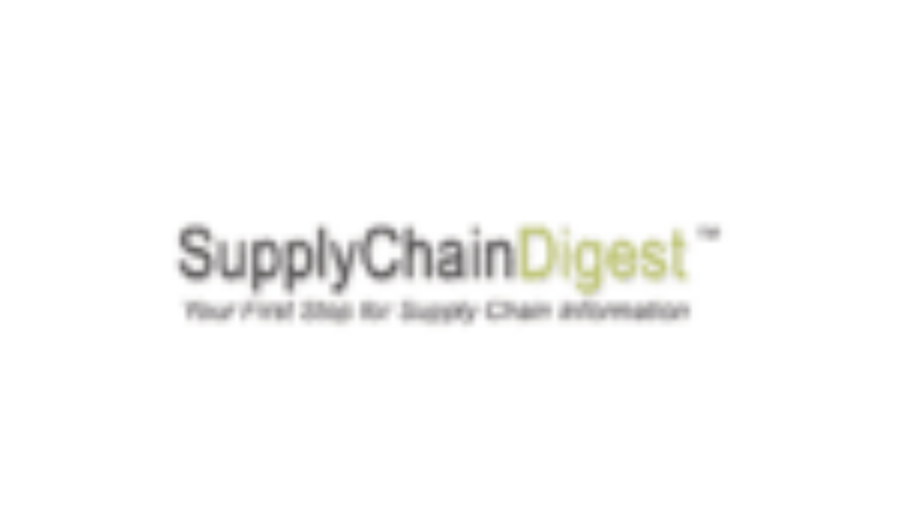By Jim Barnes
Today’s customers have more choices than ever and will choose to shop with retailers that make them feel valued time and time again. For those retailers that understand the customer’s happiness is the way to remain relevant, transforming digitally to deliver personalized, seamless customer experiences is a must.
Gone are the days of siloed advertisements and one-size fits all promotion. Fortunately, today’s opportunities to personalize online experiences beyond just a purchase are numerous.
So, what is digital retail personalization? Retail personalization is a strategy that seeks to build brand loyalty by presenting compelling experiences to customers based on their likes and wants. Personalization requires retailers to have a deep understanding of individual customers, which demands a strong data strategy. Retailers who get personalization right drive deeper customer loyalty while increasing sales.
In this article, we’ll look at seven tactics to enhance customer experience through digital retail personalization by establishing relationships using customer data, email campaigns, product recommendations and more.
Tactic 1: Favorites and wish lists provide digital convenience that permits customers to buy when they are ready to buy and makes reordering easy. They enable targeted remarketing, either through email or directly on the e-commerce page, complete with reminders and/or incentives to reengage with the customer to complete the sales process. Both are available in most e-commerce platforms or through additional third-party plug-ins.
Tactic 2: Customized microsites based on customer preferences
Customers will be drawn to today’s most popular products, and microsites enable retailers to easily spin up customized websites based on those types of customer preferences and order history to possibly upsell or complete a sale. These sites can be set to expire after a certain number of hours/days and can showcase items based on most clicked, reviewed, and/or purchased. Microsites have been shown to increase conversion by as much as 50 percent as compared to a typical website bounce-back link.
Tactic 3: Deliver dynamic, customized email campaigns to retarget
Leverage your CRM and marketing platform to deliver relevant, personalized messages and offers. Whether in the form of pop ups after a customer has placed an item in his/her cart without making a purchase, or targeted emails, most marketing platforms will allow a way to scale personalization based on customer data to offer the most relevant items, images, copy, and promotions to your customers.






